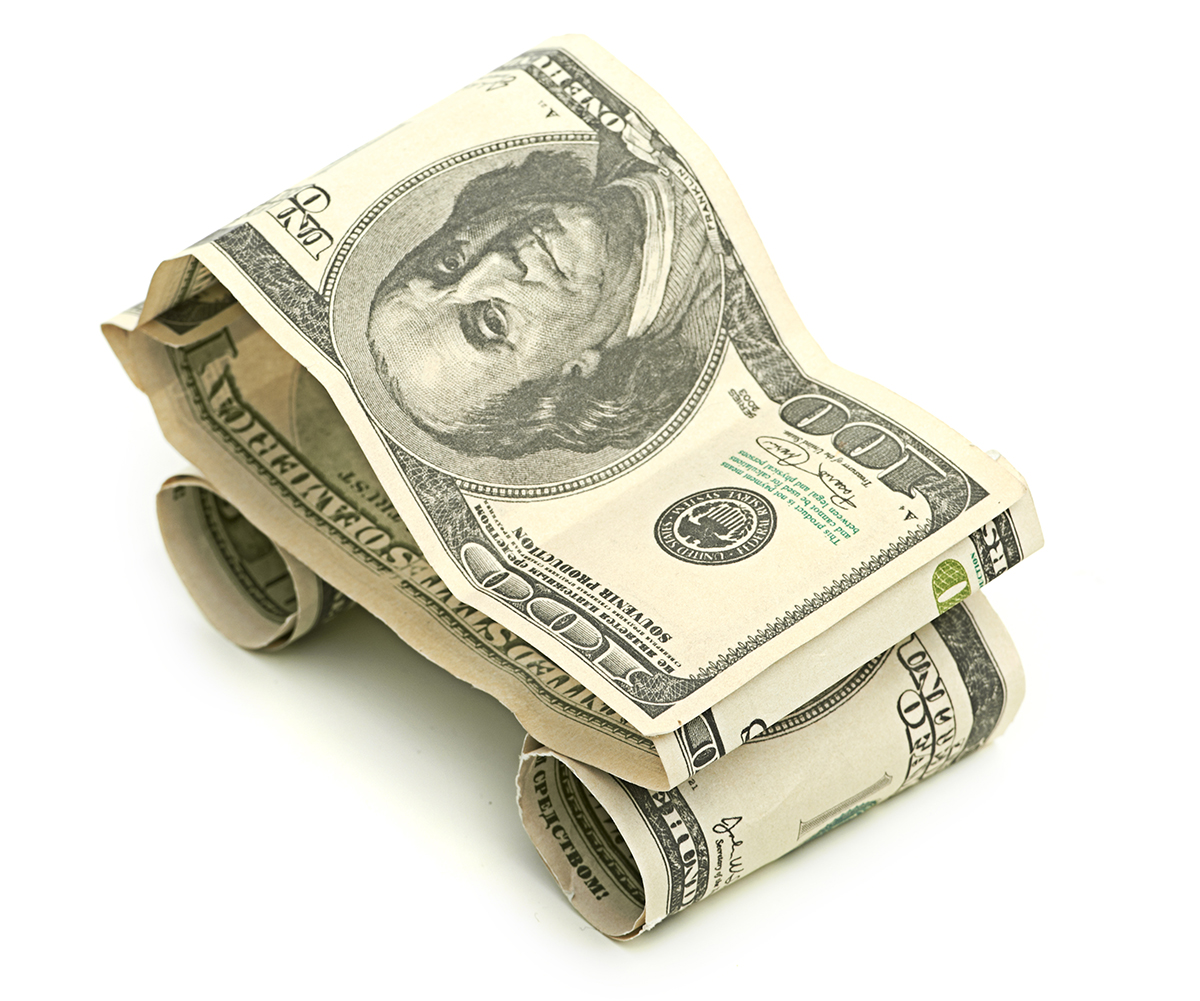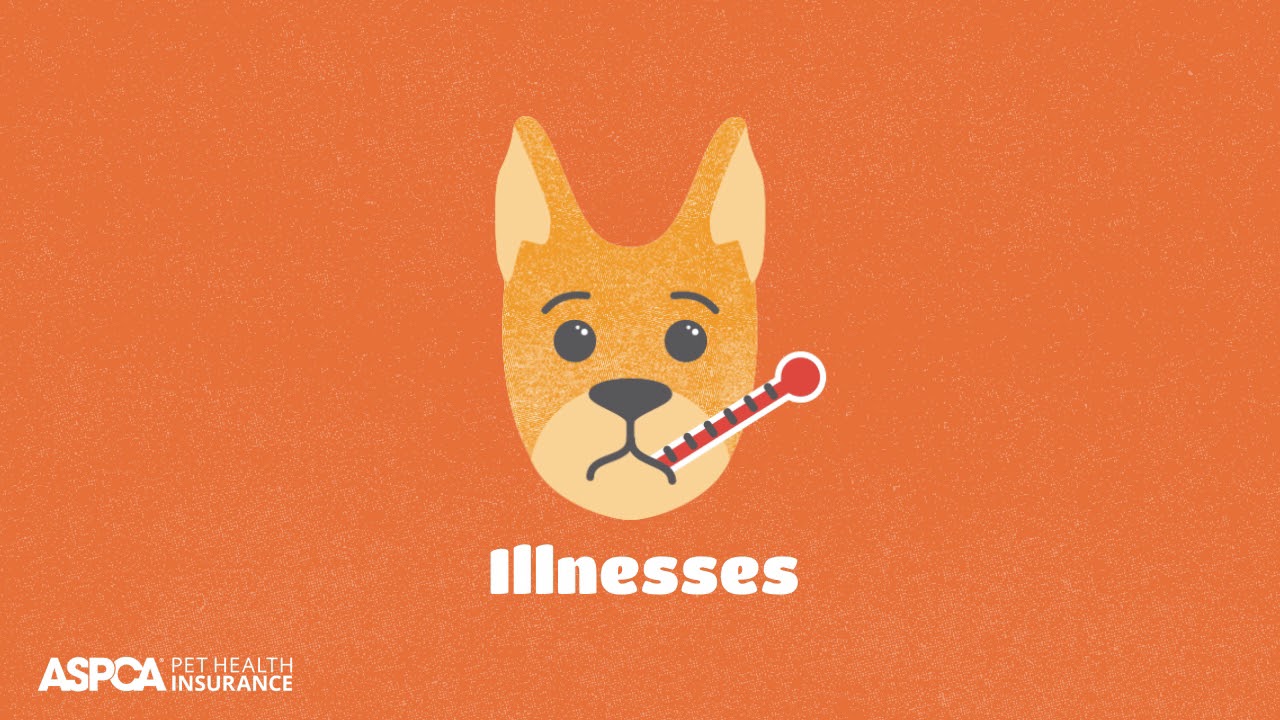
When purchasing pet insurance, there are some things that you need to keep in mind. First, you need to be aware of the cost of veterinary care. Vet bills are higher in big cities because veterinarians earn more and advanced care is more likely to be available. This could increase the cost for your pet insurance policy. There are monthly processing fees as well as enrollment fees.
Age
Most pet insurance policies will cover your pet until eight weeks old. It is much more expensive and harder to get a new policy once your pet reaches eight weeks of age. Elderly pets need more medical care. However, this does not mean they cannot be insured. In general, pet insurance policies for elderly pets will reimburse 90% of the cost to cover the cost of your pet's medical care.
While pet insurance premiums may rise as your pet gets older, there are ways to reduce the monthly cost. You can lower your pet's monthly cost by choosing a lower reimbursement rate or a higher deductible for pets under ten years. However, if your pet is older, you will need to adjust the terms of the policy to lower the monthly cost.

Breed
There are a few factors that influence the price of pet health insurance. Certain breeds can be more costly to insure than others. A breed's genetic makeup can make them more susceptible to certain diseases and ailments. A purebred pet can increase your monthly premiums. There are companies who group certain breeds within risk pools.
The cost of pet policy coverage is dependent on the breed and geographical location. Basic policies cover injuries and illnesses. Comprehensive plans include lab fees and diagnostic tests. Additionally, pet wellness care plans can be enrolled that will reimburse you for routine preventative health care. In general, pet insurance is comparable to human health insurance in terms cost and coverage.
Localization
Sometimes the location of the pet owners can impact the cost and amount of pet insurance premiums. The cost of pet insurance premiums will be higher if the pet owner lives in New York City than if they live in rural North Dakota. This is because of differences in the cost of veterinary care in different states. Some carriers adjust their premiums based on the state in which the owner lives.
Higher prices are common in bigger metropolitan areas. Large cities have higher salaries, so veterinary fees are more expensive. In order to offset higher expenses, many insurance companies will charge higher premiums for those areas. Some pet insurance companies also charge transaction fees and maintenance fees. This could affect the decision of pet owners to buy a policy. These fees can be waived by some pet insurance companies when the policy holder has paid in advance.

Reimbursement percentage
A higher reimbursement percentage means that you won't have to pay as much out of pocket when your pet is sick. That means less monthly payments for you, and a lower premium. However, a lower reimbursement percentage will result in a lower premium. However, you might have to pay more for medical care.
Most pet insurance companies offer different reimbursement percentages, ranging from seventy percent to ninety percent. A higher percentage will mean that you pay more monthly, but it will also help you to get cash in the event of a claim. If you are looking for the best pet insurance, ensure that your premium includes a similar deductible to the one you pay for regular insurance.